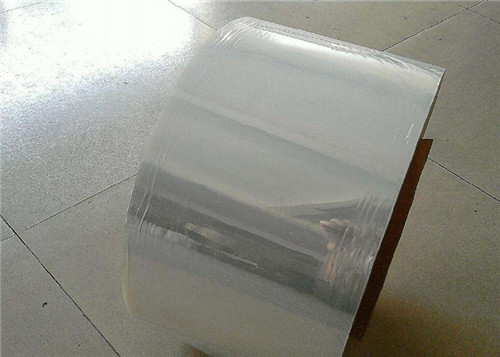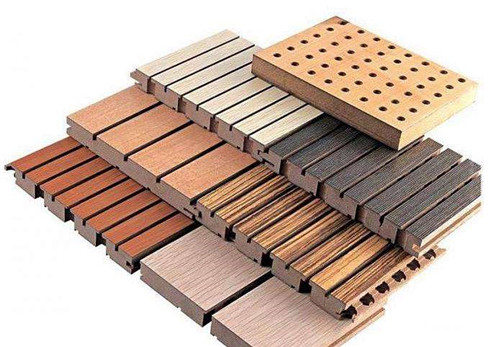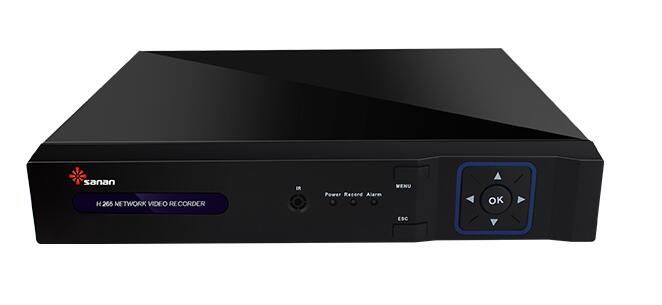In order to reduce the impact of noise on us, most users will choose some sound-absorbing materials when decorating the room. It is a product that can absorb and reduce noise, but it must match the acoustic characteristic impedance of the surrounding sound transmission medium. So that the sound can enter the sound absorbing material without reflection, and the incident sound can be absorbed by most, so what are the sound absorbing materials? Let's take a look with the editor.
What are the sound-absorbing materials
1. Porous sound-absorbing material

This type of product has excellent mid-high frequency absorption capacity, so it is very popular, and there is also an air layer behind it to absorb low frequencies. Generally, the most common ones on the market today are mineral wool, glass wool, felt, and wood wool Sound board etc.
2. Resonance sound absorption structure of perforated plate
This kind of material is mainly used to absorb intermediate frequency. For high frequency, it needs to be combined with multiple hollow materials. The effect is better. Of course, if it uses a large cavity behind it, it can also absorb low frequencies. Board, perforated gypsum board, perforated metal board, etc.
3. Film sound absorption structure

In life, we often see this type of sound-absorbing products, such as plastic films, canvas, etc., which are mainly used to absorb intermediate frequencies, but the film sound-absorbing structure formed by the film and the cavity behind it can also absorb low intermediate frequencies.
4. Curtain
In the past, curtains were a very common sound-absorbing material. They were made of breathable textiles and were installed at a distance from the wall or the window hole. It was as if an air layer was placed behind the porous material. Sound effects.

Mistakes in purchasing sound-absorbing materials
1. Porous structure = sound absorption?
Many people think that the internal structure of the product has a good sound absorption effect, but it is not the case. For example, like polystyrene, polyethylene, closed cell polyurethane, etc., although there are a lot of holes inside, but there is no connectivity , So that the sound wave can not penetrate into the internal vibration friction of the material, so the sound absorption coefficient is very small.
2. Rough surface = sound absorption?
Some products with a rough surface layer are often used by many users as sound-absorbing products. In fact, this is a wrong understanding. For example, brushed cement and stone with a rough surface. Although these materials have a rough surface, they have a high density and no internal Porosity, so it does not have sound absorption capacity.

Summary: Ok, the above is about the content of sound-absorbing materials . I hope to provide you with some help. I believe that in the future selection of sound-absorbing materials, friends will not be confused and choose a satisfactory product. .
What, the decoration still uses his own money? ! The Qi family is decorated in installments, with an ultra-low annual interest rate of 3.55% and a maximum loan of 1 million. Apply now to enjoy the discount
If you are interested in brand cooperation, content cooperation, and advertising of this website, please send an email to :.
Since the 21st century, as the network technology develops, there is more and more demand for the storage of video data via the network. And then the monitoring system has further developed into an NVR (Network Video Recorder) system with network functions, from the DVR (Digital Video Recorder) system.
The Network Video Recorder, also called the NVR/ Network Video Recorder NVR/ NVR in CCTV / NVR CCTV System/ NVR Recorder, is the storage and forwarding part of the network video surveillance system. The Network Video Recorder, without the analog-to-digital conversion and encoding functions, works with the video encoders(DVS) or the Network Cameras (IPC) to realize the video recording, storage and forwarding functions.
Let's see the specific software functions of the Network Video Recorder:
1. The user interface layout
The NVR software interface (GUI) is a human-computer interaction window. All the functions of the system, such as these operations of the channel parameter setting, the start and stop recording, the video browsing, the video playback, the video export, the PTZ control, and so on, are completed through this user interface.
The user interface layouts of different NVR manufacturers may vary greatly, but the main functions are similar. Generally speaking, the human-machine interface should have the reasonable layout, the applicable functions, and the simple operation, so as to conform to the user's operating habits.
2. The video browsing function
Generally speaking, all the video and audio channels in the system (including the channels under other NVRs) can be added to and displayed on the NVR software platform. A clear structured channel resource directory tree can be formed on the GUI to directly perform the on-site video browsing operations, with no need to firstly log in and connect different NVRs to load different NVRs first. There are two ways to browse the on-site video. One way is to directly drag the corresponding channel on the left to the target window display area, and the other way is to select the display window first, and then enter the shortcut key of the channel on the keyboard and press Enter.
3. The recording and storage function
The recording and storage function supports the video recording, storage, and backup.
4. The playback and export function
(1) The multiple playback modes
The video playback has a variety of modes, including the playback in time periods, fast playback of the alarm videos, and reverse playback at any time, and so on. During the playback, the user can play the video frame by frame, and also can add markers to the playback clips, so that he/she can find the corresponding clip he/she need easily when he/she needs in the future. Besides, various operations such as the normal playback, accelerated playback, slow-down playback, pause, and stop, can be performed during playback.
(2) The video export
(3) The multi-channel playback
If some on-site incidents occur, in order to fully know the situation of the surrounding scenes at that monitoring point, sometimes it is necessary to synchronize the playback of the videos from multiple channels, which will facilitate the panoramic display of the entire process of the event.
5. The incident investigation
6. The user authority management
7. The user operation log
8. The equipment management
In conclusion, the Network Video Recorder technology has been widely promoted and applied to the fields of urban security storage, national security and other engineering projects, because of its own advantages in many aspects. And the Network Video Recorder technology is bound to become the mainstream technology in the field of urban security high-definition video surveillance because of the driving of the market, technology, and so on. Undoubtly, the Network Video Recorder technology has very strong prospects for the theoretical research and practical application.

Network Video Recorder
Network Video Recorder, NVR, Network Video Recorder NVR, NVR in CCTV, NVR CCTV System, NVR Recorder
SHENZHEN SANAN TECHNOLOGY CO.,LTD , https://www.sanan-cctv.com